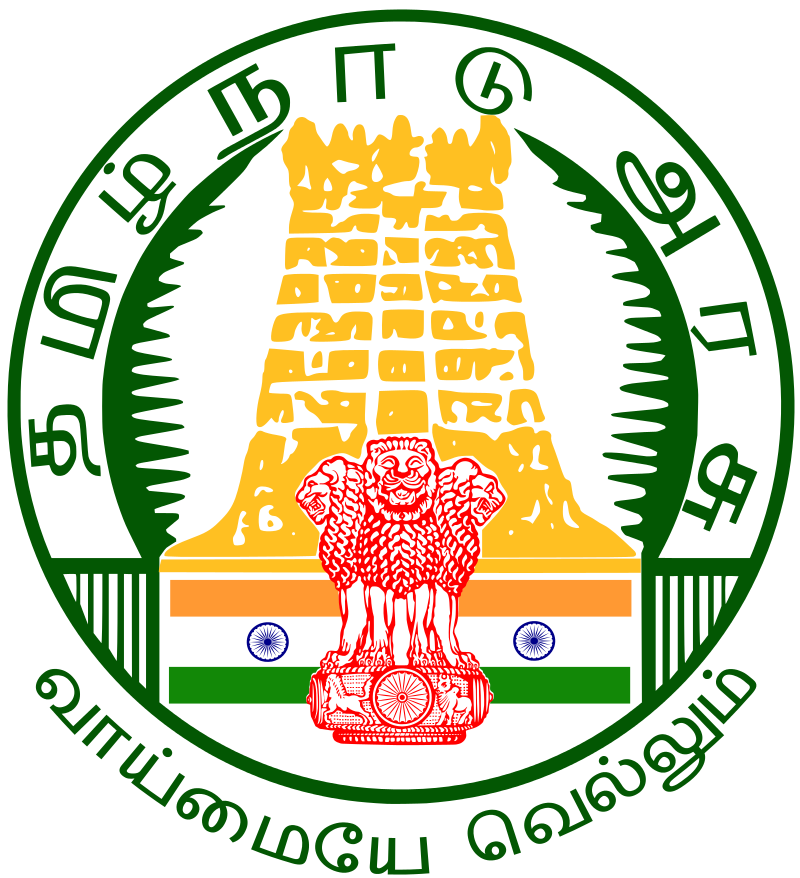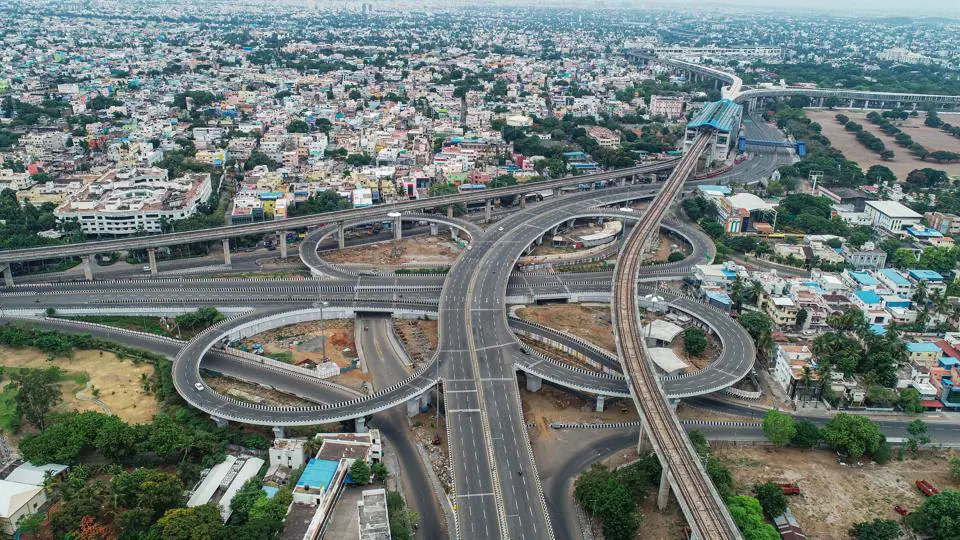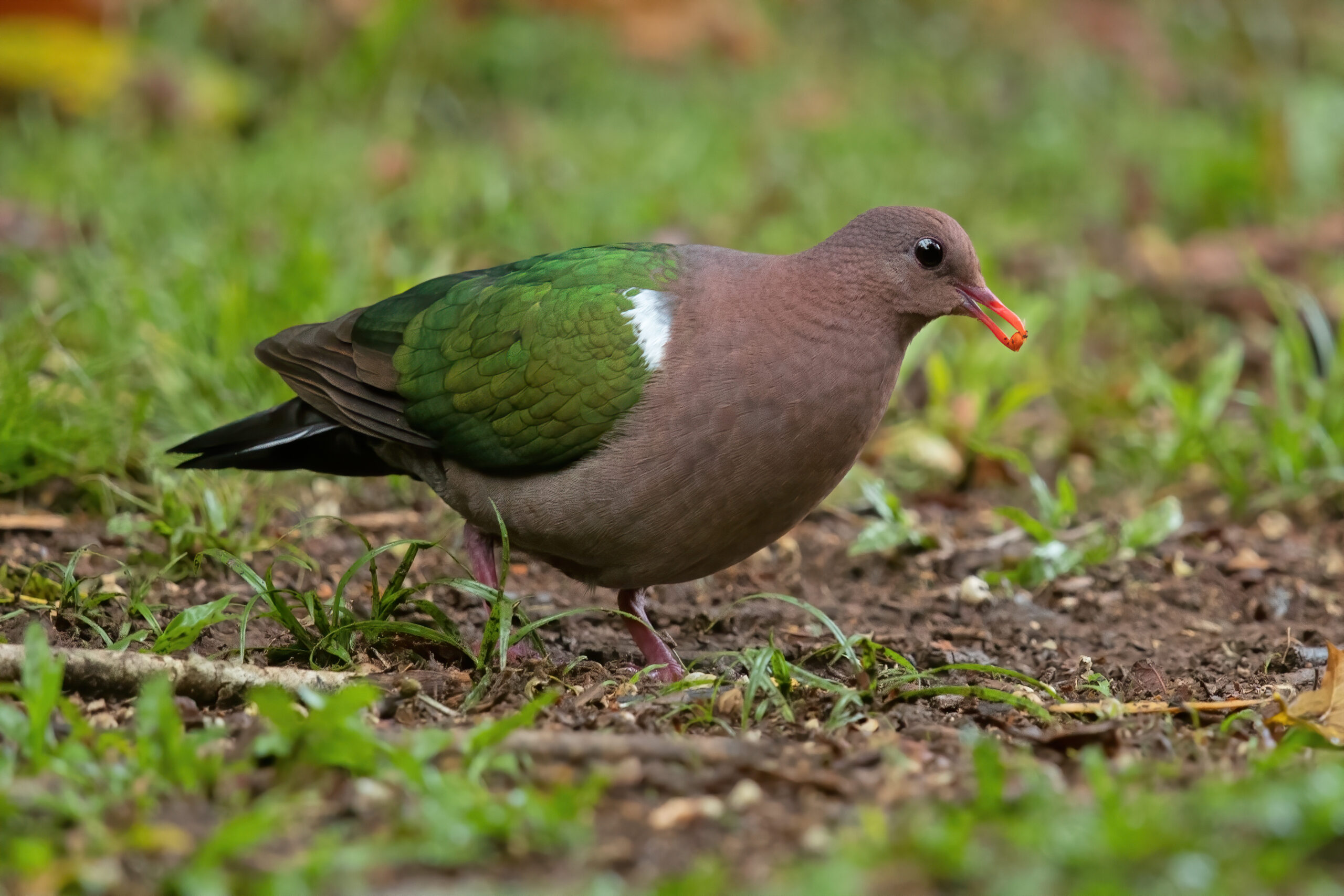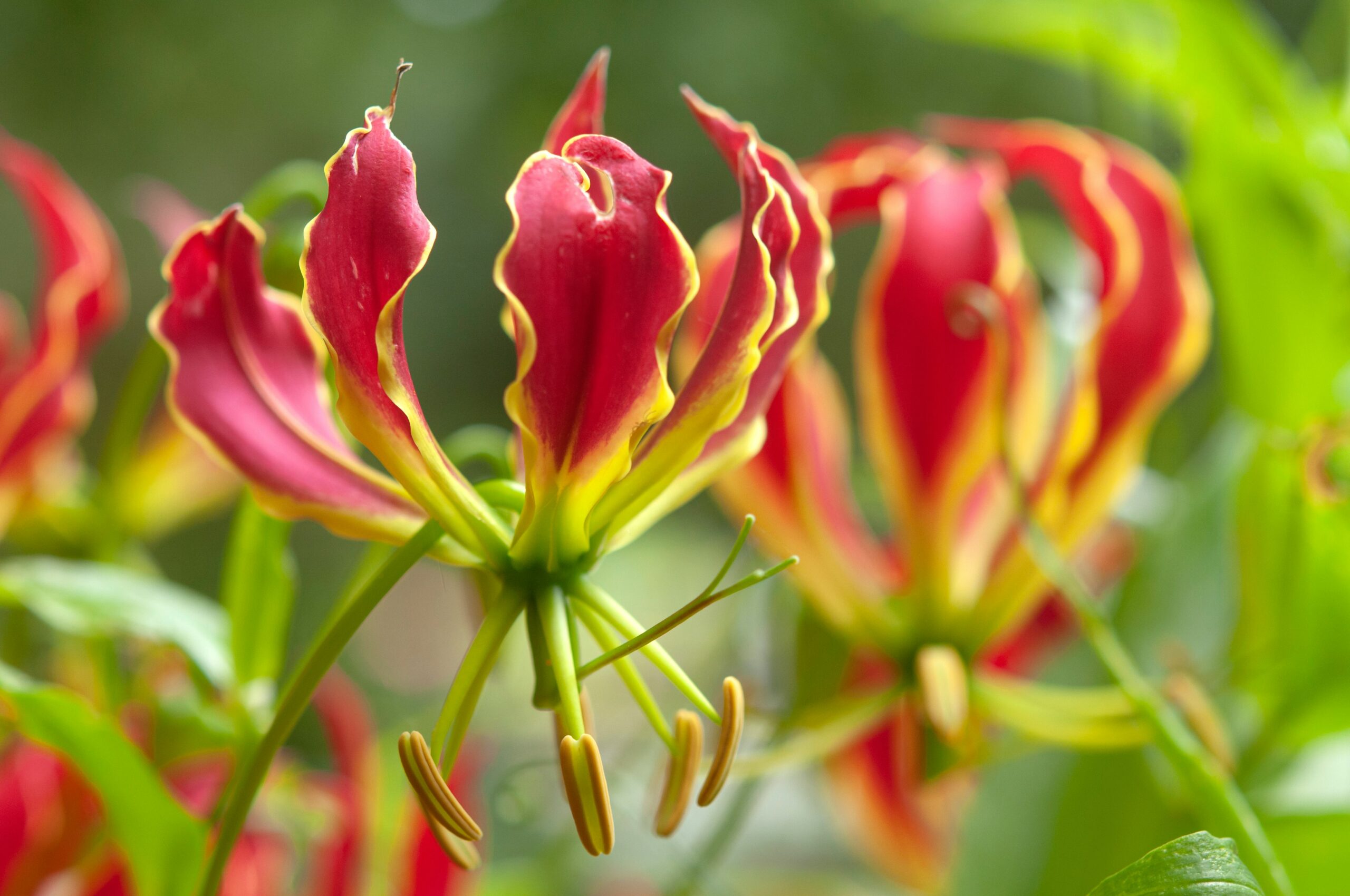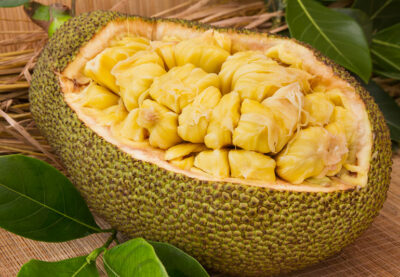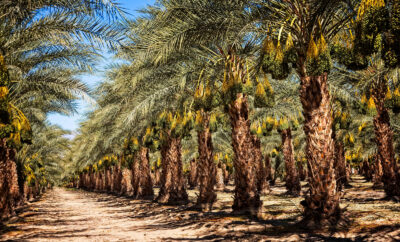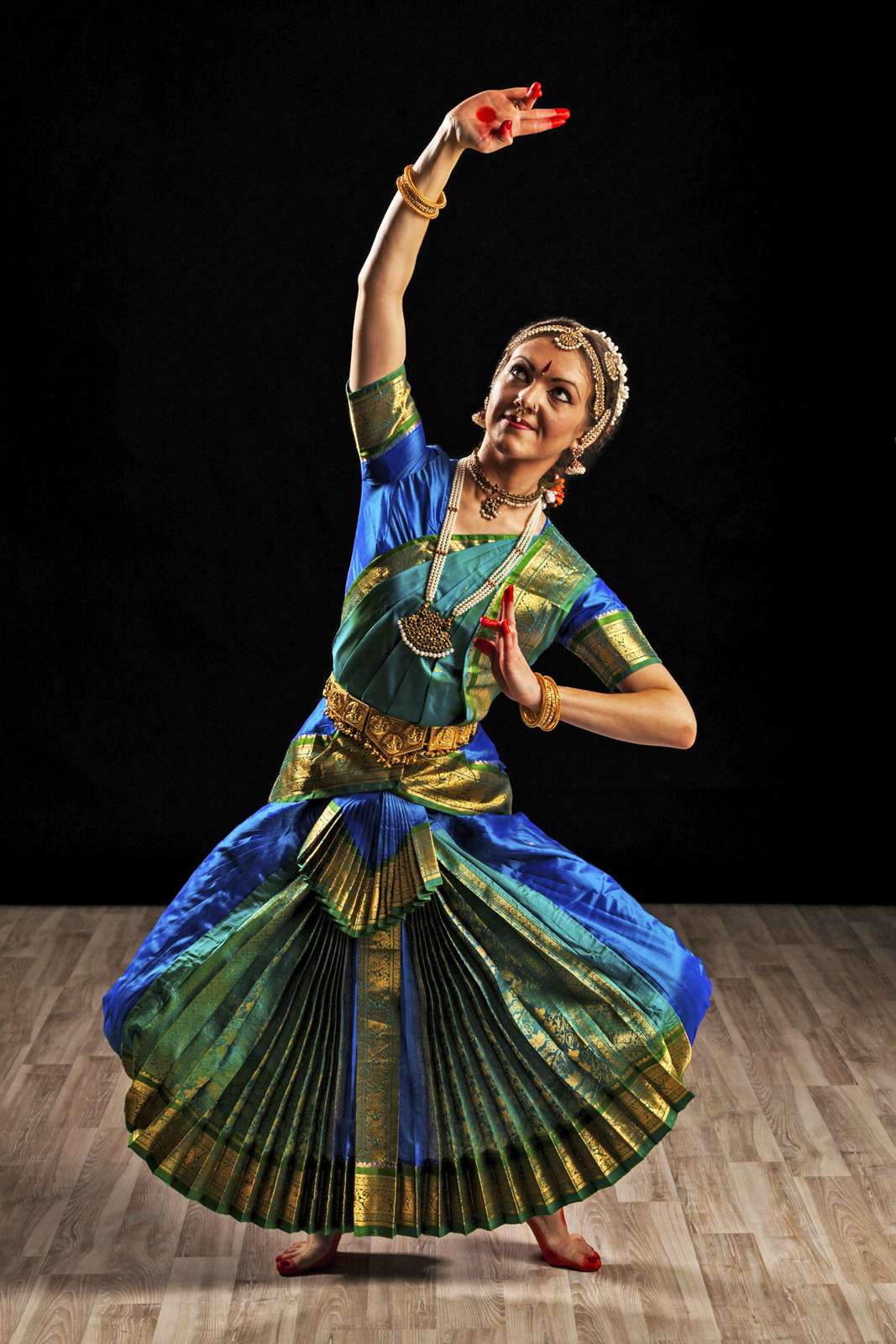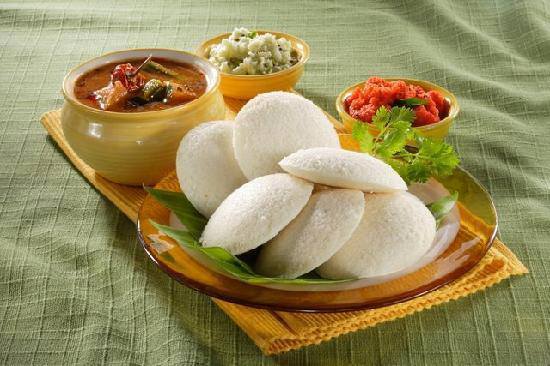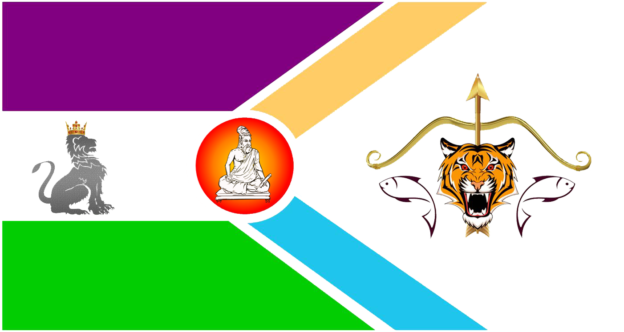State Symbols of Tamil Nadu
Last updated on January 22nd, 2023 by Editorial Staff
By | Updated on January 22, 2023
Reviewed by Rittika
Tamil Nadu is a southern Indian state. Chennai is the capital and largest metropolis of the state. It is the Tamil-speaking region of what was once British India’s Madras Presidency. Tamils are particularly proud of their Dravidian language and culture, and they have fought the central government’s attempts to make Hindi (an Indo-Aryan language) the sole national language. While Chennai has an industrial core, the state is primarily agrarian.
Several regimes controlled the region, including the “three crowned rulers” – the Chera, Chola, and Pandyan states, who influenced the region’s cuisine, culture, and architecture. Following the fall of the Kingdom of Mysore, British Colonial authority led to the rise of Chennai, then known as Madras, as a metropolis during the contemporary period. After restructuring states along linguistic lines in 1956, modern-day Tamil Nadu was founded. A multitude of historic buildings, multi-religious pilgrimage sites, hill stations, and three World Heritage sites can be found in the state.
Demography
Tamil Nadu is India’s tenth-largest state in terms of area and sixth-largest in terms of people. Tamil Nadu’s economy is India’s second-largest, with a gross state domestic product (GSDP) of INR 21.6 trillion (US$370 billion) and the 11th highest GSDP per capita of INR 229,000 (US$3,900). However, it is ranked 11th out of all Indian states in terms of human development. Tamil Nadu is India’s most urbanized and industrialized state, with the manufacturing sector accounting for more than a third of the state’s GDP. Tamil is the primary language, and it is one of the world’s oldest classical languages.
Tourism
Tamil Nadu Tourism is one of the most popular destinations for those seeking a rich cultural legacy, natural beauty, and religious encounters. With its breathtaking hill stations and vast stretches of sun-drenched beaches, Tamil Nadu caters to visitors who come to engross themselves in the culture and relax and unwind for a time. Tamil Nadu’s coastline is 910 kilometers (600 miles) long, making it the country’s third-longest coastline.
Geography
Tamil Nadu is India’s tenth-largest state, with an area of 130,058 km2 (50,216 sq mi). Kerala is to the west, Karnataka is to the northwest, and Andhra Pradesh is to the north. The Bay of Bengal is towards its east, and the state encircles Puducherry, a union territory. Kanyakumari, the southernmost extremity of the Indian Peninsula, is where the Arabian Sea, the Bay of Bengal, and the Indian Ocean converge.
The western, southern, and northwestern regions are hilly and densely forested. The Nilgiri Hills are where the Western and Eastern Ghats meet. The Western Ghats run the length of Kerala’s western border, thus keeping much of the southwest monsoon’s rain-bearing clouds from entering the state. The fertile coastal plains in the east and hills and plains in the north make up the region. The arid plains of the center and south-central areas receive less rainfall than the other regions.
Climate
Due to its reliance on monsoon rains, Tamil Nadu is vulnerable to drought when the monsoons fail. The state’s climate varies from semi-arid to dry sub-humid. The state experiences two distinct rainy seasons: the southwest monsoon, which occurs from June to September and is characterized by strong southwest winds, and the northeast monsoon, which occurs from October to December and is characterized by dominant northeast winds.
The state receives roughly 945 mm (37.2 in) of annual rainfall, with 48 % coming from the northeast monsoon and 32%from the southwest monsoon. Monsoon failures result in extreme water scarcity and severe drought in the state, which is fully reliant on precipitation to replenish its water supplies. Northeast, northwest, west, southern, heavy rainfall, high altitude hills, and Kaveri Delta are the seven agro-climatic zones of Tamil Nadu (the most fertile agricultural zone).
Culture
Tamil Nadu is a culturally and historically rich state. The people of Tamil Nadu are members of the famous Dravidian Family, which is regarded as one of the world’s oldest civilizations. Like other South Indians, Tamilians are proud of their deep-rooted Tamil culture and work hard to preserve its 2000-year-old past. Since then, the Cholas, Pandyas, and Pallavas have dominated the state, and it has prospered. Their creations include art and architecture, which are still used and preserved today.
Tamil music has progressed over time. Carnatic music was the most important style of music, which was considered reserved for the elite who could comprehend the complexities of music. Others find amusement in Telugu songs and a mixture of traditional melodies.
Bharatnatyam is Tamil Nadu’s official dance form, and it is well-known throughout India and the world. It’s a difficult dance style with nuanced body movements and attitudes. Locals, particularly tribal people, also practice various folk dances such as Parai, Villuputtu Karakaatam, and Kuthu.
Pongal, also known as Tamizhar Thirunaal (festival of Tamils) or Makara Sankranti (Indian Harvest Festival), is a four-day harvest festival observed throughout Tamil Nadu. On the first day, Bhogi Pongal, old garments and materials are thrown away and destroyed by lighting them on fire to symbolize the end of the old and the beginning of the new. Surya Pongal, the second day, is the primary day, falling on the first day of the tenth Tamil month of the Thai calendar (14 January or 15 January). Maattu Pongal is an offering to the cattle on the third day, as they supply milk and are utilized to plow the fields. The primary event of the day is the Jallikattu, a bull-taming competition. Alanganallur is well-known for its Jallikattu competition, which takes place on the third day of Pongal.
Chittirai is the first month in the Tamil calendar, and the first day of this month, which falls in mid-April, is known as Tamil New Year. On the 18th day of the Tamil month, Aadi, Aadi Perukku commemorates raising the water level in the river Kaveri. Apart from the major holidays, every village and town in Tamil Nadu holds a festival for the local gods once a year, the date of which varies from location to location.
Religion
Tamil Nadu is home to around 62 million of the world’s 74 million Tamils. The remaining Tamils are dispersed throughout India and the world, with the majority residing in Sri Lanka’s northeast. Although Hindus make up four-fifths of the state’s population, the rest is split between Islam, Christianity, and Jainism. Deity worship and animisms such as tree worship, animal worship, and star and planet worship are all part of their rites.
Cuisine
When you think of “South Indian food,” the first things that come to mind are Idli, Dosa, Sambhar, Vada, Upma, and other dishes. For North Indians, it’s a traditional Madrasi dish. Tamil cuisine is popular among vegetarians and non-vegetarians alike. Otherwise, the key ingredients in Tamil cuisine are rice, lentils, grains, and vegetables. Rice is a staple meal in this state. Sambhar and Coconut Chutney are served with virtually anything. Fish, turtle, mutton, and venison are preferred among non-vegetarians. Even today, some Tamils adhere to the tradition of dining on banana leaves.
State Information
| Official Language | Tamil |
| State Rank | 10 |
| Demonym(s) | Tamilian, Tamilar |
| Nickname | Gateway of South India |
| ISO | IN-TN |
| Formation Date | 26 January 1950 |
| Coordinates | Lat: 11.1271° N, Long: 78.6569° E |
| Area |
State seal
Motto of Tamil Nadu
Vāymaiyē vellum- "Truth alone triumphs"
State symbols of Tamil Nadu 👇
-
State capitalChennai
-
State birdEmerald dove
-
State flowerGloriosa lily
-
State fruitJackfruit
-
State treePalm Tree
-
State danceBharatanatyam
-
State animalNilgiri tahr
-
State dishIdli (unofficial)
